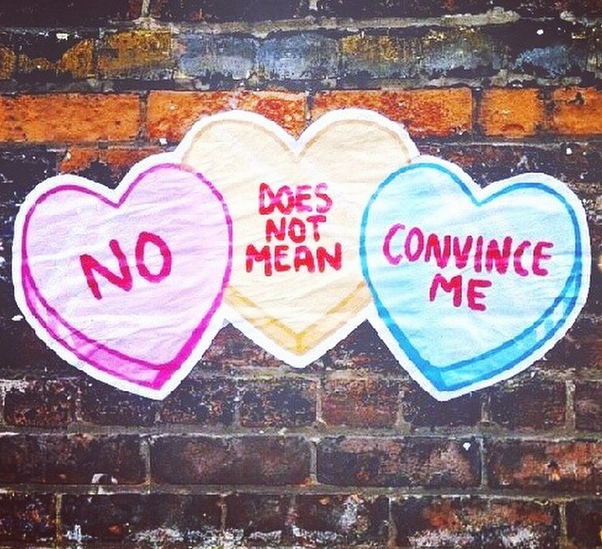
Wide open grasslands as far as the eye can see and animals running across the plain. Suddenly, the jeep comes to a halt in front of a large grey heap in the road. Emerging from the jeep, it becomes apparent the grey heap is the carcass of a once-magnificent bull elephant, with his tusks removed.
Studying elephant social structures for the past 16 years in Kenya, George Wittmyer, CSU Department of Fish, Wildlife, and Conservation biology professor, saw a turn in his career as a poaching epidemic swept across Africa.
“I was inspired by running around in natural places,” Wittmyer said. “Starting to understand and perceive some of the threats natural places were experiencing inspired me to dedicate my career to trying to find solutions.”
As chairman of the Scientific Board for Save the Elephants, Wittmyer focused on the impacts of illegal killing of elephants had on the elephant population.
“Our basic work focuses on quantifying the impacts of poaching,” Wittmyer said. “The important part of this is being able to tell people how much poaching is going on and what that amount of poaching is doing to the population. We have quite a few specific stories of male elephants that have been poached and the repercussions of that on their families.”
Poaching rates of elephants in the past four years have escalated to a point of near localized distinction, according to Colorado State University Fish, Wildlife, and Conservation Biology Statistician Kenneth Burnham.
“It ties in with other information we have with seizures of ivory,” Burnham said. “Poaching and trade in illegal ivory has jumped substantially in the past couple of years. This is what we are trying to collect and show people that there is actual data on poaching.”
Burnham was the primary data collector for the Convention on International Trade in Endangered Species of Wild Fauna and Flora, where he gathered data on elephant fatalities since 2002, which has seen a significant increase since 2011. CITES is an international agreement between governments aiming to ensure that international trade in specimens of wild animals and plants does not threaten their survival.
According to a CITES addendum from March 14, an estimate of 17,000 elephants were killed at 44 reporting Monitoring the Illegal Killing of Elephants sites in 2010, only 7.4 percent of the 230,000 estimated deaths at those MIKE sites.
“The estimated level of illegal off-take in 2011 is not sustainable and will likely lead to significant population declines in many African MIKE sites, particularly if current poaching levels continue over a number of years,” reported CITES.
“Ivory in Africa, when they have raw tusks, can go for $500 a pound,” Burnham said. “You poach one elephant and maybe get 40 pounds of ivory or more, that is multiple thousands of dollars to the people who do the shooting. As it goes up the chain, it gets more valuable. We are talking millions of dollars coming from the poaching of ivory, we fear some of it is ending up in the hands of criminals or even terrorists.”
While elephant tusks are being harvested illegally, tourism could see a decline in areas where elephants are an attraction.
“Elephants are a major tourist attraction in Kenya,” said Shifra Goldenberg, a CSU graduate student currently studying elephants in Kenya. “There are very few places within African elephant range states where tourists can sit in cars inches from calm elephants, as is the case in Samburu. As such, they are an incredibly unique feature and a cornerstone of the economy.”
With poaching rates higher now than in past years, local security has become an issue for African communities.
“Poaching has a big impact on local security,” Wittmyer said. “What happens is you get criminal activity around poaching and that can have impacts on the local people. It has problems for the local people in the area, it can cause problems for other species as well, poachers can shoot other animals when they are looking for ivory, it is just when you shoot out elephants, they are a big part of tourism and when you lose your elephants it affects the whole economic aspect of these species.”
With prices as high in the illegal ivory trade, the future of elephant populations in Africa may take a turn for the worse.
“We had a good idea 50 or 60 years ago, where we had 1 million (elephants), now it is down to about half a million,” Burnham said. “This is not from drought, this is not from lack of food, this is only from poaching. The dropping is because of that. Because they are being poached at a rate exceeding their ability to repopulate in reproduction.”
Content producer Logan Martinez can be reached at news@collegian.com.






